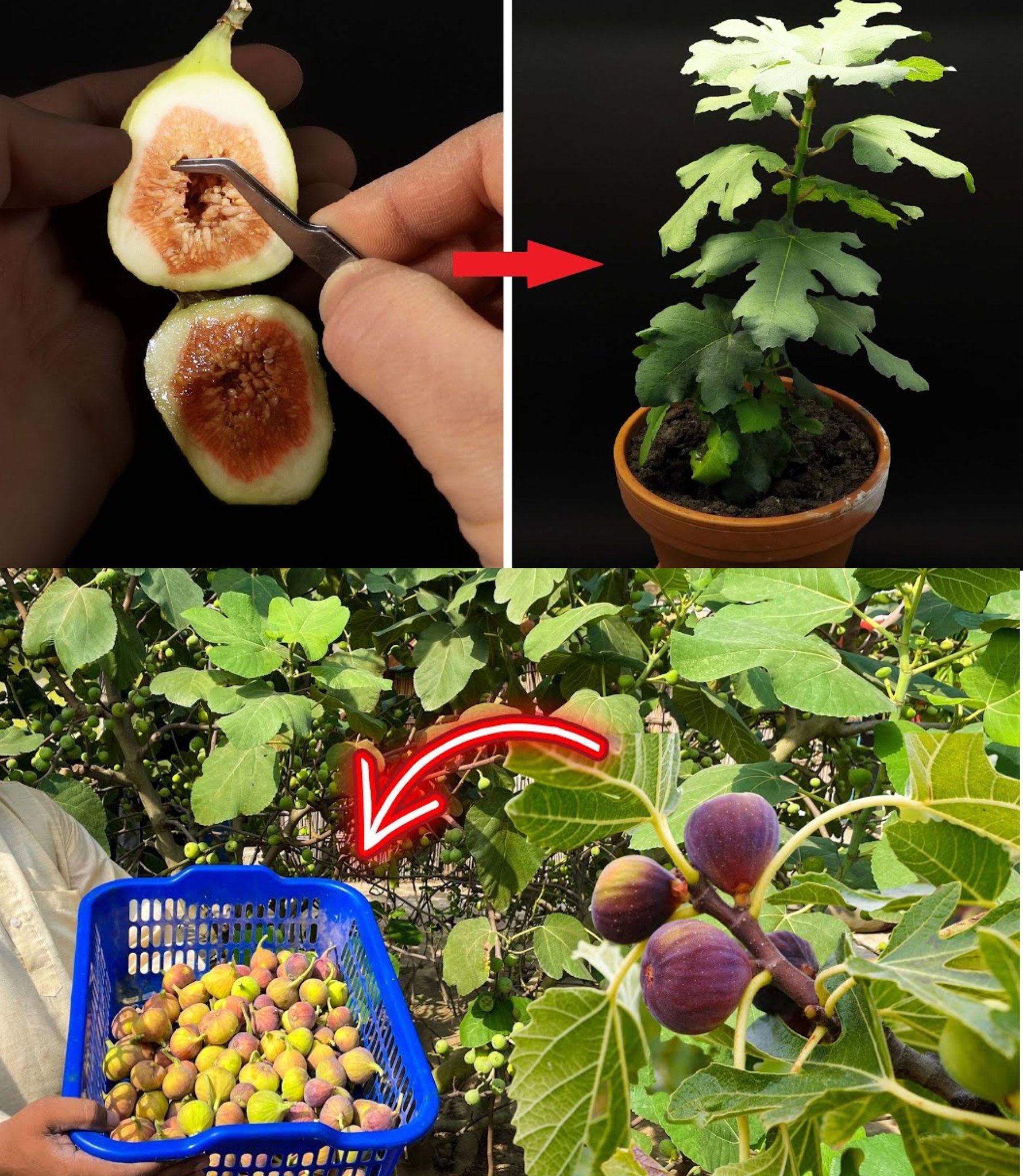
Growing figs can be a rewarding experience, whether you have a garden or just a pot on your balcony. Here’s a step-by-step guide on how to grow figs:
- Choose a Suitable Variety: There are many varieties of figs available, so choose one that suits your climate and preferences. Common varieties include Brown Turkey, Celeste, and Mission figs.
- Select a Location: Figs prefer full sun and well-drained soil. Choose a spot in your garden or balcony that receives at least 6-8 hours of sunlight per day.
- Prepare the Soil: Figs are adaptable to various soil types but prefer slightly acidic to neutral soil with good drainage. If your soil is clay-heavy, consider amending it with compost or sand to improve drainage.
- Planting in the Garden:
- Dig a hole twice as wide as the root ball of your fig tree and of similar depth.
- Place the tree in the center of the hole and backfill with soil, gently firming it around the roots.
- Water the tree thoroughly after planting.
- Planting in a Pot:
- Choose a large pot with drainage holes to prevent waterlogging.
- Fill the pot with well-draining potting mix, leaving enough space for the root ball.
- Plant the fig tree at the same depth it was growing in its nursery container.
- Water the tree thoroughly after planting.
- Watering: Keep the soil consistently moist but not waterlogged, especially during the growing season and when the fruits are developing. Water deeply, allowing the soil to dry slightly between waterings.
- Fertilizing: Fertilize fig trees in the spring with a balanced fertilizer or compost. Avoid over-fertilizing, as this can lead to excessive vegetative growth at the expense of fruit production.
- Pruning: Fig trees benefit from pruning to remove dead or diseased branches and to maintain shape. Prune in late winter or early spring before new growth appears.
- Protection from Frost: In cooler climates, protect fig trees from frost by wrapping them in burlap or covering them with frost blankets during the winter months.
- Harvesting: Figs are typically ready for harvest in late summer to early fall, depending on the variety. Ripe figs will be soft to the touch and may have started to droop on the tree. Harvest figs gently to avoid damaging the fruit.
By following these steps, you can successfully grow figs in your garden or in a pot, enjoying fresh, delicious fruit straight from your own tree.
